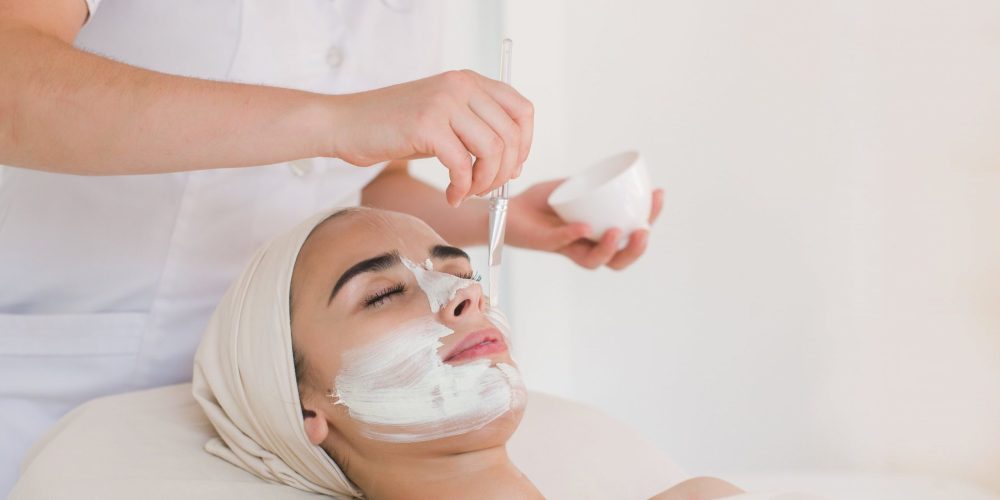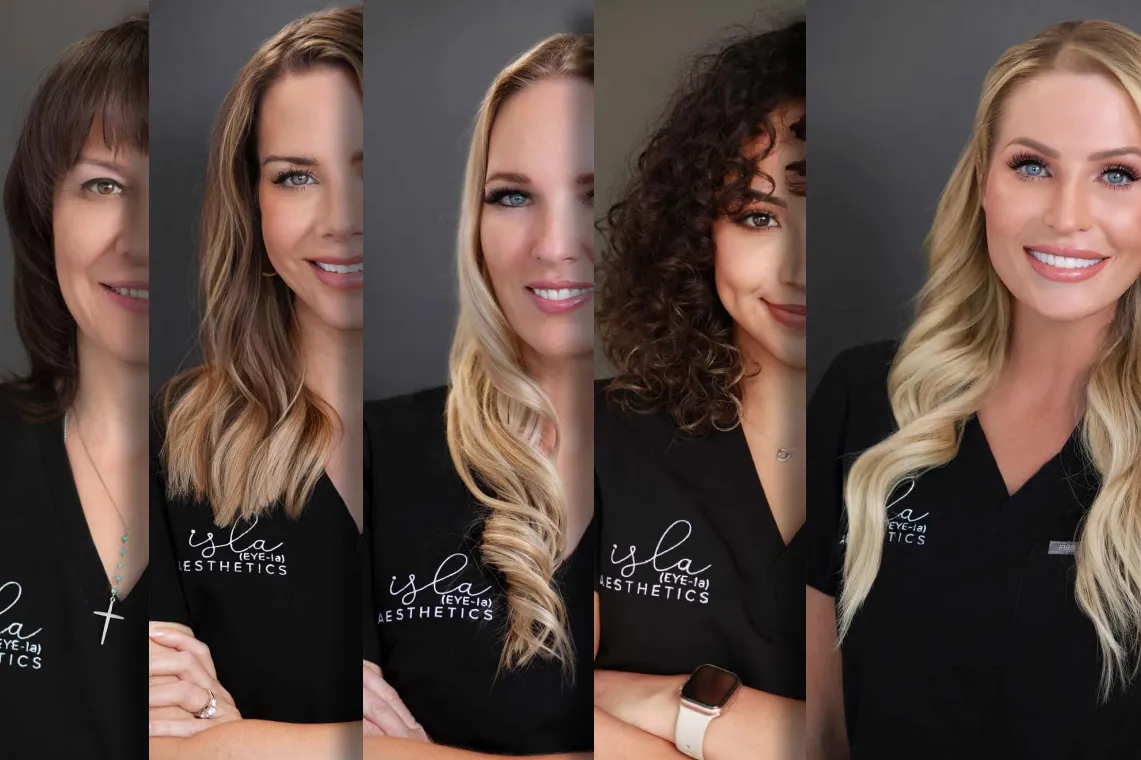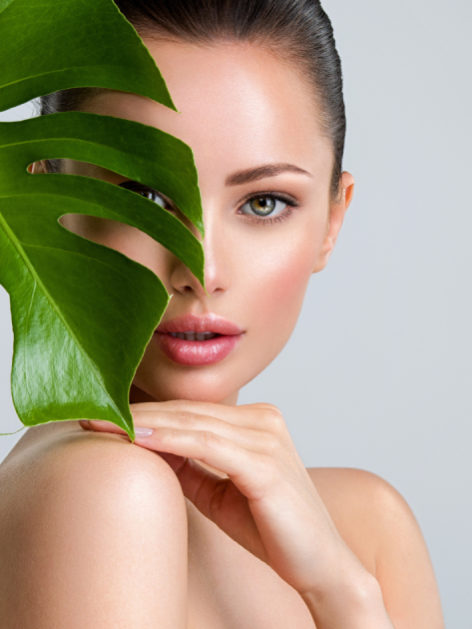Do you have sensitive skin and afraid to try different means because of reactions that can be done? And are you one of those people when you hear the word “chemical peels” has bad connotations? Well, I cannot blame you for that, especially when the concern is about your skin.
Hence, because of the continuous studies and research, progress and development paved the way. Chemical peels have new approaches and formulation designs specifically for sensitive skin and to treat other skin conditions. Chemical peels are safer if it is done by skincare professionals because they are more knowledgeable and experts on this field!
So, if you are interested in knowing the facts about chemical peels and the effects of skin peels on sensitive skin, well, you are in the right place. Read more to learn more!
History of Chemical Peel
As we all know, Egyptians are popularly known for skincare routines, so as early as their ancient times, skin peels were used and utilized. They used sour milk that contained lactic acid, an alpha-hydroxy acid, which can rejuvenate the skin.
On the other hand, Roman people used fruit juice such as grapes (tartaric acid) which helps in skin exfoliation. Other treatments included dressings containing sulfur, mustard, and limestone to fade freckles and to even the skin.
Starting from 1874 to 1882, many dermatologists test peeling techniques in treating pigmentation conditions such as melasma, freckles, and Addison’s disease.
During World War, phenol (a substance in chemical peeling) was investigated for healing and ‘beautifying’ the skin. It was observed that using phenol can aid with the reduction of acne scars.
However, chemical peels started gaining popularity during the 1960s as improved and revised concentrations of phenol were developed and compared to TCA. It continues to have its development in the 70s and 80s where the use of alpha-hydroxy acids (AHAs) was discovered for superficial treatment.
What should you know about chemical peel?
Chemical peels are beauty care treatments that can be applied to the areas of the face, hands, and neck. Its main objective is to enhance the appearance and texture of the skin. It uses chemical solutions that are specifically formulated for the areas needed to be treated, which causes your skin to peel off and exfoliate. This causes the skin to rejuvenate and regenerate creating smoother, tighter, and brighter skin.
There are different types of Peels that is intended for your skin needs:
Lite Peel: Refresh
It is a type of chemical peel with light but effective formulation for all types of skin. The benefit of this type of skin peel is that it does not require so much time for recovery. If you have sensitive or rosacea type of skin, this is the best type of peel that suits your needs! This procedure can treat various types of skin concerns such as acne, post-acne discoloration, rosacea, and over red skin. Lite Peel can relieve skin congestion, dullness, and sallowness. Also, it increases cell turnover to regain a smoother texture of the skin, and instant enhancement in skin clarity and radiance can be seen.
Epionce Peel System
The Epionce peel system is a more innovative and radical treatment than the Lite Refresh Peel. It is developed and formulated to enhance and enrich the texture and appearance of the skin. It works by increasing cell movement to lessen the appearance of fine lines, wrinkles, and sun damage. This kind of treatment personalized and customized the strength, intensity, and concentration depending on your skin needs. The main purpose of Epionce Peel is to improve skin aging, hyperpigmentation, acne, and rosacea. The good thing about this procedure is that it requires minimal downtime and discomfort with slight redness and minor peeling for 2-4 days.
Salicylic Peel
For more than 2000 years, the salicylic peel is one of the most common ingredients for skin treatment. The incredible ability of salicylic acid to exfoliate the outer layer of the skin makes it a promising agent for peeling (comedolytic) is the salicylic property that is responsible for the peeling process. It is used to treat acne, melasma, freckles, and sunspots. Moreover, this peel uses a lipophilic formula to clean out pores, and it has antibacterial and anti-inflammatory properties that enhance skin clarity.
Malic Peel
The malic peel works by breaking down the bond that holds dead skin cells. Once the dead skin cells are removed underneath the skin, a renewed and revitalized layer will be pushed upwards, creating a smoother, evened-out, and radiant appearance. Also, this peel is intended to decrease surface bacteria that may lead to skin problems.
Benefits of Chemical Peels
Chemical peels are known for their ability to rejuvenate and restore the younger appearance of the skin because they can exfoliate the outermost layer of the skin, producing a tighter, smoother, and radiant look.
Also, Chemical peel is best known for fighting the signs of aging. It stimulates the growth of renewed, fresh skin giving you a healthy, appealing radiance.
Chemical peels help in repairing and reversing damage to the skin caused by the sun. Thus, when you are undergoing chemical treatment, your skin becomes sensitive, and sunscreen application is a must.
Studies have stated that chemical peels containing salicylic acid and glycolic acid reduce acne. Most chemical peels are effective in addressing acne as a surface skin issue.
This treatment is one of the most effective options, not requiring needles or surgery, especially for those people who are afraid of surgical treatment. It is also a non-invasive and less expensive procedure.
Chemical peels: Safe or not?
Chemical peels are essentially safe, and best if it is conducted and supervised by certified dermatologists who are knowledgeable and well trained with cosmetic procedures. It is best that you consulted a licensed and professional skincare enthusiast to avoid side effects and complications. Isla Aesthetic offers the best and modern services. They provide a unique care plan based on your individual needs! They are your priority! Book an appointment today!




